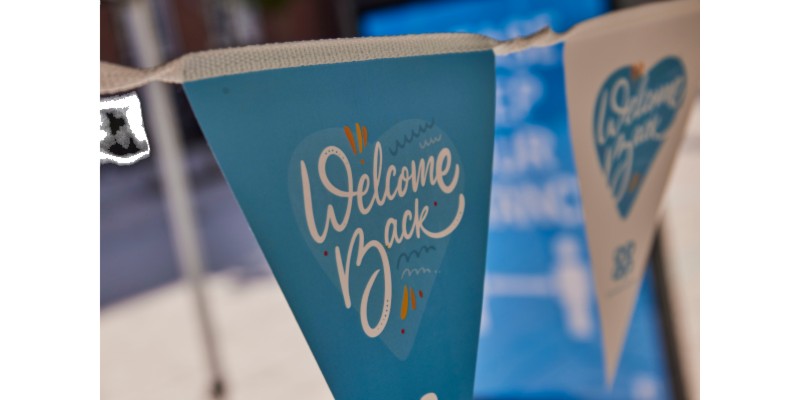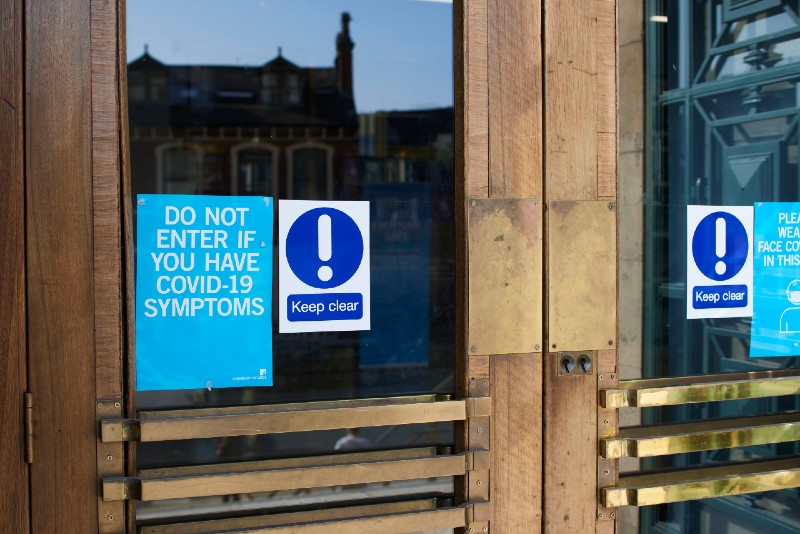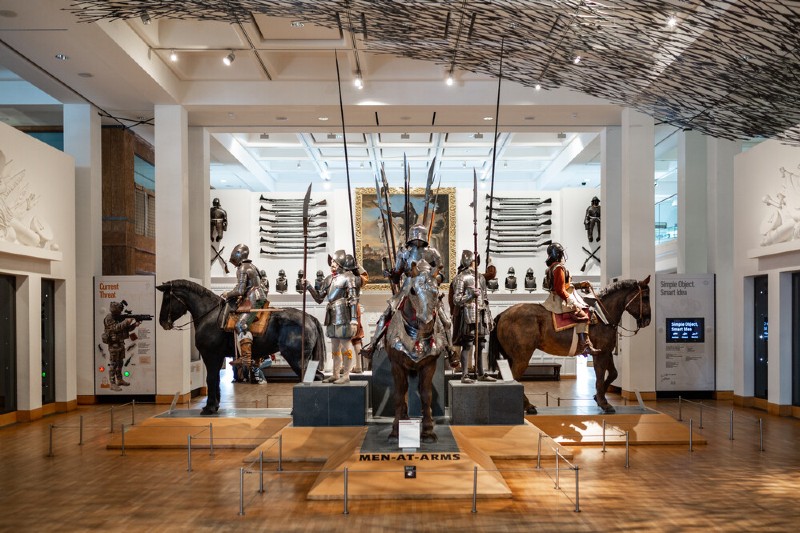The trials and tribulations of PhD transfer

Stuart Bowes talks about his experience of the transfer process at the end of his first year as a postgraduate researcher.
Towards the end of the first year of a PhD, all doctoral aspirants face a major hurdle. The transition from being a provisional candidate – essentially a state of probation – to full doctoral researcher status. Depending on the university, this process is variously called ‘transfer of status’, ‘progression’, ‘confirmation review’, ‘candidacy examination’, or, as in my case at the University of Leeds, simply the ‘transfer’.
Whatever you name it, the transfer process is essentially a review of the progress made during the first year of a PhD in establishing the groundwork for the research. It has two main objectives: to prove a researcher and their project are meeting the standards required for doctoral study, and to ensure that the research can be completed within the expected deadline.
The transfer is modelled closely on the final examination of a PhD, acting as a practice run in many ways. First, you submit a written account of your work so far – fortunately, considerably shorter than the eventual thesis. Then, you are expected to defend your methods and approaches in a spoken assessment, or viva to give its official name. Again, the transfer viva is more forgiving than its later counterpart: lasting just an hour compared to the customary multiple hour final defence.
Having just completed the process myself, now seems a good time to reflect on my own experience of transfer. Back in May, after considerable consultation with my supervisors, I submitted my transfer report. This piece of work represented the culmination of my research efforts to date, including a synopsis, literature review, and methodological framework. It remained to be seen whether these would meet the necessary standards.
With the paper handed in, my preparations for the viva began immediately. I spent much of the following weeks reading: reading my report, reading my notes, reading the cited literature, and reading new works. I tried to anticipate the questions I might be asked and rehearsed responses to them. I then had one final meeting with my supervisor a few days beforehand to run through the schedule and settle any remaining anxieties. Ready or not, the day of the transfer was upon me.

Covid related signage on campus, University of Leeds. Photo Simon and Simon.
My viva was held online, its usual in-person format a casualty of the ongoing coronavirus restrictions. I had the considerable advantage of having two experienced academics from within the School as my examiners, who not only shared many of my research interests but were already familiar with my project. My supervisor also sat in on the meeting, providing a reassuring presence but unable to contribute to the developing conversation.
My experience of the viva felt like a cross between a supervision meeting and a job interview. My questioners pulled no punches, probing in great depth my planned approaches to the complex issues raised by the research and my overall management of the project. An hour or so of engaging discussion passed surprisingly quickly before my examiners announced that they were retiring to make their decision. I had done everything I could, all I could do was await their feedback.
After a few tense minutes, I was called back. The outcome was the one I had hoped for: they were recommending my transfer to full PhD candidate status. My relief was palpable; I had done enough to secure the project’s future for the next two years and justified all the hard work that had gone into its development.
Looking back, the transfer has been a constructive, if demanding, process. It has compelled me to constantly re-evaluate the approaches and methods I will use for this research project, which are much the better for it. The comments of my examiners have been especially valuable, raising issues and questions I had not previously considered. It has certainly given me a lot to think about going forward.
Given that the transfer is primarily university-based, my collaboration with the Royal Armouries has undoubtedly waned during the process. The extent of my contact with the institution since April has amounted to a few email exchanges. Of course, my interactions with the museum would have been limited regardless. My training to become a registrar has been postponed until September while the institution grapples with the difficulties of implementing a socially distanced working environment.

Exhibits in Royal Armouries. Photographer: Andy Lord.
My work with the Royal Armouries may have been limited recently, but I have at least been fortunate enough to visit the museum twice since it reopened in May. It felt wonderful to return to the physical gallery space after such a long absence, even with all the restrictions in place. There is nothing quite like being in the presence of tangible fragments of the past.
Engaging with the museum’s collections directly has reaffirmed my enthusiasm for this research after the lethargy of lockdown. With my doctoral candidacy now confirmed and the Armouries gradually reopening, the future of the project seems better assured than ever.
More information
Find out more about Stuart Bowes’ research here.
You can follow Stuart’s journey as a Postgraduate Researcher here on the Registrar’s Training for the Future blog.
Feature image
‘Welcome back’ bunting on the campus of the University of Leeds. Photo by Simon and Simon.
